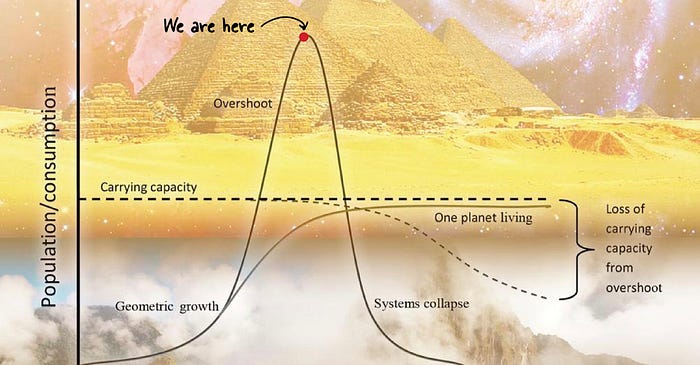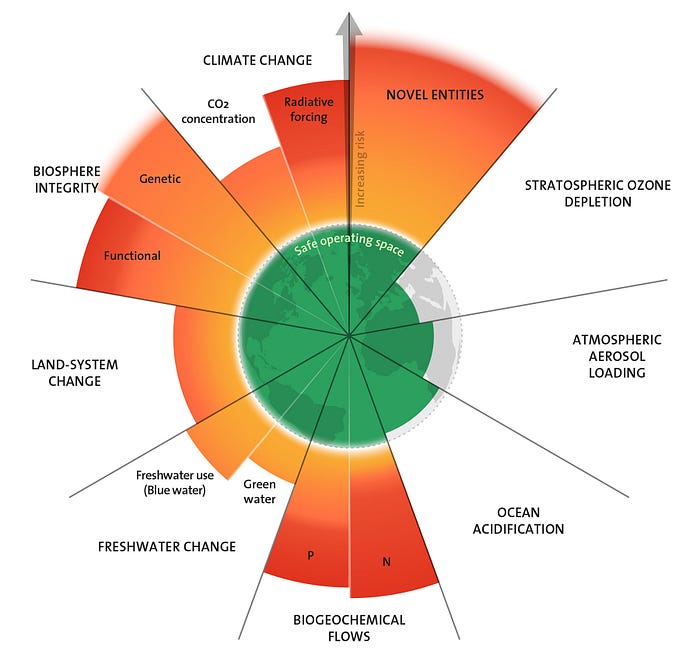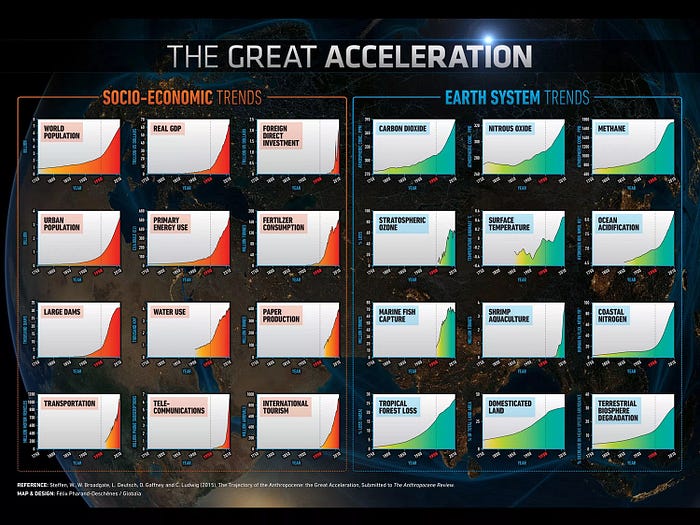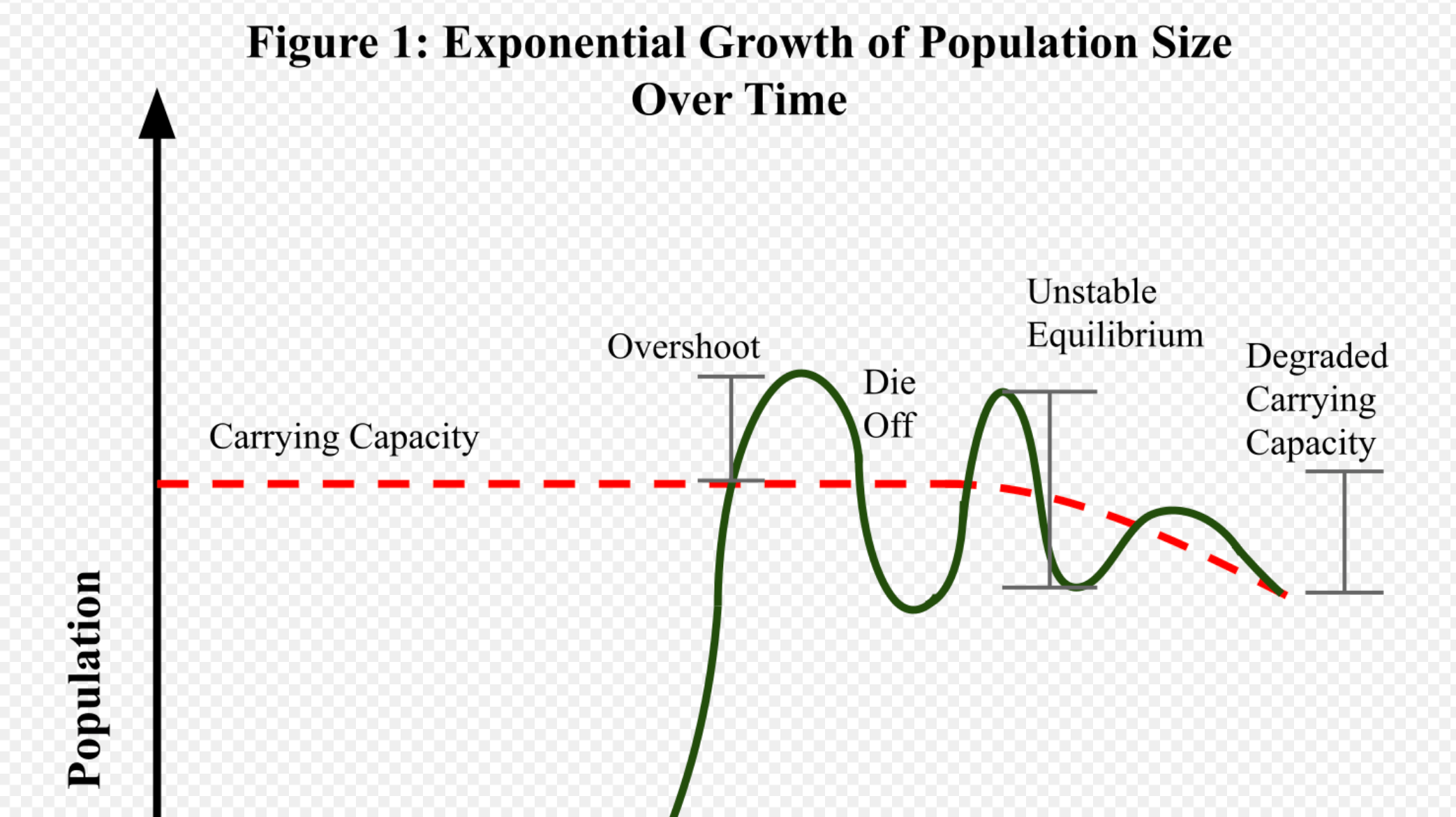In general, the United Nations (UN) Biodiversity Conference gets far less press than the UN climate change conferences, but I’ve seen more news items for this year’s Biodiversity Conference of the Parties (COP 16) than I have for previous biodiversity COPs. Still, I didn’t initially pay it much attention, because I’ve become so leery of these annual (for climate change COPs) and biannual (for biodiversity COPs) UN affairs. Why? Because, so far at least, these meetings have amounted to mostly good vibes, with little to no action that has any meaningful consequence in protecting the natural world.
This year’s biannual Biodiversity COP is in Cali, Colombia, a country with the dubious distinction of topping the list of the number of environmental activists killed by country in both 2022 (60) and 2023 (79). It runs until November 1, 2024.
I decided to take a deeper look at the biodiversity goals of these UN meetings at the prompting of two friends who both shared news items related to this year’s COP; one with a dismal “Expect less than nothing from COP 16. Much less.” and the other with a much brighter “Protection of nature efforts are being attempted globally.” outlook.
I learned that the outcome of the previous biodiversity conference, COP 15, is the Kunming-Montreal Global Biodiversity Framework (GBF). This is an agreement among COP 15 parties that “sets out an ambitious pathway to reach the global vision of a world living in harmony with nature by 2050.”
It’s important to note that the framework “supports the achievement of the [UN] Sustainable Development Goals.” I’ll come back to this point later on.
COP 16 will build on previous work by asking the participating parties to agree on a plan for meeting the goals and targets agreed to in the GBF from COP 15.
So, to understand the goals of these biannual biodiversity conferences, we must take a look at the Global Biodiversity Framework (GBF) from COP 15.
~~~
The GBF (PDF) opens with “Biodiversity is fundamental to human well-being, a healthy planet, and economic prosperity for all people…”. This might sound good to most peoples’ ears, but to me, it sets the tone of “for all people” that suffuses the rest of the document—one that is human supremacist to its core.
The agreed upon outcomes specified in the framework are described in the vision, the mission, four goals and 23 targets. Let’s take a look.
The vision: “A world of living in harmony with nature where ‘by 2050, biodiversity is valued, conserved, restored and wisely used, maintaining ecosystem services, sustaining a healthy planet and delivering benefits essential for all people.’”
This clearly states that the primary goal of biodiversity is benefits for all people. There is no indication here that nature and living beings exist for their own sake. There is no recognition of the rights of non-human beings, including wildlife and ecosystems. Biodiversity is seen as something to be “wisely used” (by humans) so that we can continue to get the benefits of “ecosystem services.”
“Sustaining a healthy planet” sounds nice, but is incredibly vague and seems secondary to the “benefits essential for all people.”
The mission: “To take urgent action to halt and reverse biodiversity loss to put nature on a path to recovery for the benefit of people and planet by conserving and sustainably using biodiversity and by ensuring the fair and equitable sharing of benefits from the use of genetic resources, while providing the necessary means of implementation.”
Halting biodiversity loss and putting nature on a path to recovery would be fantastic. Especially for nature. But no, this isn’t a mission for nature’s sake at all. It is “for the benefit of people.”
“Ensuring … benefits from the use of genetic resources” is interesting. It seems a bit out of left field until you understand that this means the genetic material from plants, animals, and microorganisms, which holds potential value for research, development, and commercial applications.
In other words, the authors of this framework see the natural world as a source of genetic materials to use for making a profit. That is, they objectify the natural world in the extreme, reducing living beings to genes, with the goal of conserving biodiversity to make more opportunities to profit from those genes.
Well, at least we know what their priorities are! And again, we see no understanding or recognition that nature and living beings exist for their own sake, and have the right to do so.
The Goals and Targets described in the framework flow from this vision and mission, so we can assume they will have similar issues, and they do.
The four Goals are identified as Goals A through D.
Goal A sounds good—to maintain, enhance, and restore the integrity of ecosystems—until you get to the last paragraph, which clarifies the point to all the lovely sounding language that precedes it: “The genetic diversity within populations of wild and domesticated species, is maintained, safeguarding their adaptive potential.”
We already know that the primary purpose of that “genetic diversity” is “genetic resources” for the “benefit of all people.”
Essentially, the point of Goal A is to maintain and restore ecosystems so we can get as many “genetic resources” as possible to make a nice hefty profit. Got it.
Goal B is worse:
“Biodiversity is sustainably used and managed and nature’s contributions to people, including ecosystem functions and services, are valued, maintained and enhanced, with those currently in decline being restored, supporting the achievement of sustainable development for the benefit of present and future generations by 2050.”
So, we are to value “nature’s contributions to people.” What about nature’s contributions to itself? Apparently those don’t matter. This goal reduces nature to “ecosystem functions and services” that are useful to people and to “sustainable development.” (See the last section below for more on “sustainable development.”)
Basically this is saying that biodiversity is for people; that ecosystems are “services” for people. “Present and future generations” are generations of people, not of wildlife and ecosystems.
Goal C elaborates on the reduction of nature to “genetic resources” for people and profit, saying that “the monetary and non-monetary benefits from the utilization of genetic resources and digital sequence information on genetic resources… are shared fairly and equitably” among people.
Are you starting to get the picture now?
Their Targets are similarly problematic.
Target 1 is to “Ensure that all areas are under participatory, integrated and biodiversity inclusive spatial planning and/or effective management processes.” In other words, humans should “manage” all areas on the planet for—per their goals—people.
Don’t wild beings get a single square inch of the planet to manage (or just live in) for themselves that isn’t managed by people? Apparently not.
Target 2 is to “Ensure that by 2030 at least 30 per cent of areas of degraded terrestrial, inland water, and marine and coastal ecosystems are under effective restoration, in order to enhance biodiversity and ecosystem functions and services, ecological integrity and connectivity.”
So we are to restore ecosystems, not because nature needs intact ecosystems to survive and thrive, but rather to enhance “ecosystem functions and services” (that benefit humans, as earlier established) and “ecological integrity and connectivity” (for genetic resources to benefit humans, as earlier established). It’s all for people.
I won’t bore you with all 23 Targets, but allow me just one more.
Target 9 is to “Ensure that the management and use of wild species are sustainable, thereby providing social, economic and environmental benefits for people…” (emphasis added).
I’m sure you have the picture now.
The UN Sustainable Development Goals
We should not be surprised by the human supremacy at the heart of these biodiversity goals. This is a UN program, and as stated by the UN and in the GBF itself, the framework is “a contribution to the achievement of the 2030 Agenda for Sustainable Development,” which is itself a human supremacist agenda.
Before we go further, we should talk about what “sustainable development” means. The definition of “sustainable” is “able to be maintained at a certain rate or level,” according to the Oxford Dictionary. The UN defines “development” as “a multidimensional process that aims to improve the quality of life for all people.”
The UN’s Quality of Life Initiative defines “quality of life” by a broad range of factors including health, work status, living conditions, and command of material resources.
We can thus understand the UN’s “sustainable development” as development that improves the health, work status, living conditions, and command of material resources for all people in a way that can be maintained at a certain rate or level.
Looking at the UN’s list of Sustainable Development Goals, we see included in that “affordable and clean energy,” “industry, innovation, and infrastructure,” “sustainable cities and communities,” “decent work and economic growth”, and so on.
Development usually means converting nature into commodities for human use, whether that’s converting a wetland into a parking lot, a river into electricity via a dam, or a forest into timber. These are the activities that drive economic growth, that are required for “affordable energy,” “industry,” and “infrastructure,” and the typical outcome of “innovation” is doing these things faster.
So “sustainable development” really means sustaining the conversion of nature into commodities at a certain rate or level.
If that certain rate or level looks anything like our lives here in the developed world, this is clearly impossible. Humans already use 1.75 Earth’s worth of “resources” (with the developed world using the vast majority of those “resources”), and so we are drawing down Earth’s carrying capacity at a rapid pace. There will be no sustaining anything at the current rate and level in the near future, given how quickly we are drawing down Earth’s carrying capacity now.
I hope it’s clear to you that the 2030 Agenda for Sustainable Development is all about people, and that it comes at the expense of the natural world. If you doubt that the agenda is entirely human supremacist, I would urge you to spend some time reading this substack and others about the impacts of “industry, innovation, and infrastructure” on the natural world and about how economic growth is incompatible with a living planet (e.g. my article about Ecological Overshoot and some of the resources I point to from there).
Returning to the GBF, we find that Section C affirms the role that the biodiversity framework plays in these Sustainable Development Goals by specifying that the framework is to be “understood, acted upon, implemented, reported and evaluated, consistent with” the “Right to development” (among other considerations):
“Framework enables responsible and sustainable socioeconomic development that, at the same time, contributes to the conservation and sustainable use of biodiversity.” (emphasis added).
The framework was doomed from its start by virtue of this “right to development.”
~~~
It might be tempting to believe that a global conference on biodiversity would put the needs and interests of the natural world first, but we would be mistaken in that belief. Reading the details of the vision, mission, goals, and targets of the GBF, we can clearly see that human needs are prioritized and that the entire framework is structured around protecting biodiversity for the benefit of people.
This is a human supremacist framework. That it is should not be surprising, as human supremacy is the primary and most pervasive ideology held by humans.











